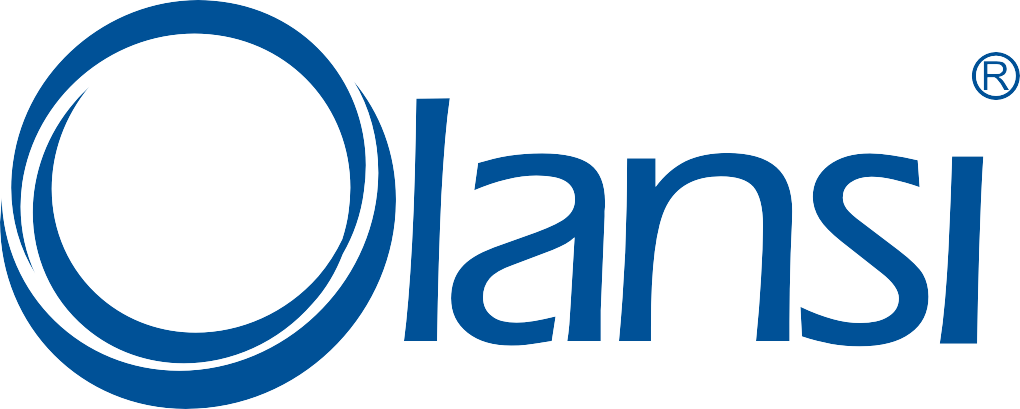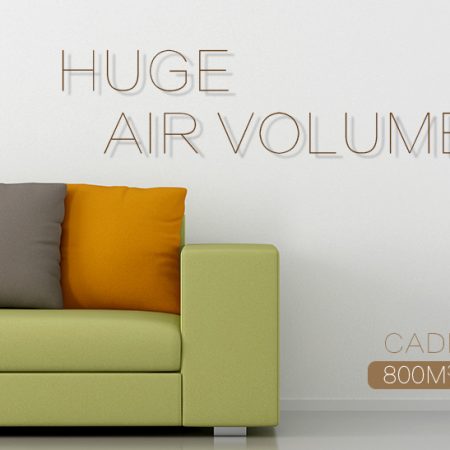How to prep your home for fall allergy season
For many allergy sufferers, spring is peak allergy season. But autumn brings its own batch of allergy triggers: ragweed pollinates in the fall and can travel hundreds of miles, and corn mazes, piles of leaves and jack-o’-lanterns can harbor mold. And while we may enjoy when summer’s warmth lingers into the fall, that warm weather can trigger mold spores to be released when humidity is high or the weather is dry and windy, according to the American College of Allergy, Asthma and Immunology.
So how can you protect yourself this allergy season? You can’t do much to change the weather, but you can do your best to allergy-proof your home. And that’s a good idea, because indoor air can be even more polluted than outdoor air, according to the Environmental Protection Agency. Read on for some tips.
1. Use a vacuum with a HEPA filter. If you have carpet, then you most likely have a vacuum cleaner (unless you have a Roomba, in which case I’m jealous). It’s important to make sure that your vacuum has a HEPA (high efficiency particulate air) filter, which filters out 99.97 percent of particles in the air that are larger than .3 microns — the size of a single speck of cornstarch. In other words, these filters snag particles such as bacteria, mold, pollen and fungus that regular vacuums may leave behind. If it’s time for a new vacuum, make sure it has a HEPA filter and replace the filter every six to 12 months.
2. Don’t dust. If you are cleaning surfaces, dusting with something like a feather duster can send more particles into the air. Instead, wipe down surfaces with a damp cloth to trap the dust instead. And if you’re using cleaning agents, try using nontoxic or even homemade simple solutions like vinegar and water, as chemical-based household cleaners sometimes can exacerbate allergy symptoms.
3. Examine your bedding. Dust mites are more associated with summer months, but according to WebMD, they can get stirred into the air when you turn on your heat in the fall. Often, people with dust mite allergies benefit from hypoallergenic bedding, which reduce exposure to allergens. For example, specially made pillowcases and mattress covers encase the pillow or mattress and form a barrier around any potential dust mites. You also may want to try replacing the entire pillow itself with a hypoallergenic pillow. Another tip: Wash your bedding once a week in hot water to keep dust mites at bay.
4. Change air filters in your furnace and air conditioner. Many companies recommend changing these filters every three months because putting in a new filter not only helps the appliance run more efficiently, it takes dust and particles out. If allergies are a problem for you or someone in your family, try replacing them every 6 to 8 weeks to keep them working optimally.
5. Keep windows closed. If pollen is your poison, then you want to minimize how much pollen gets indoors. Keep windows closed and and be sure to shower or change your clothes as soon as you get home to reduce the amount of pollen in your home. And if you prefer to save electricity and hang clothes outside to dry, you may want to stop that, as your clothes become a magnet for ragweed and pollen.
6. Use an air purifier. Some allergists recommend using an air purifier if you suffer from allergies. Dr. Daryl R. Altman, an allergist at the Joseph P. Addabbo Family Health Center in Queens, told the New York Times, “The better you do with environmental allergy control — whether through air filtration or things like encasing your bedding — the better your allergies are going to be.”
However, a word of caution here. Air purifiers are not considered medical devices and are not regulated by the Food and Drug Administration. Also, as the Times reports, “the Federal Trade Commission has taken action against several makers of air purifiers, including brands like Honeywell and Oreck, for unsubstantiated allergy-relief claims or for advertising that their devices removed virtually all impurities from the indoor air people breathed.” In fact, an air purifier may even make the air dirtier by stirring up already-settled dust, according to the Wisconsin Department of Health Services. So this electronic device may help your allergy symptoms, but it may not. As one Consumer Reports editor told the Times: “The first thing you need to know about an air purifier is that most people don’t need one.”
Of course, check with your doctor about what other steps you can take, including medications like over-the-counter antihistamines and steroid sprays. But following these tips can help improve your indoor air quality during allergy season or year-round.




